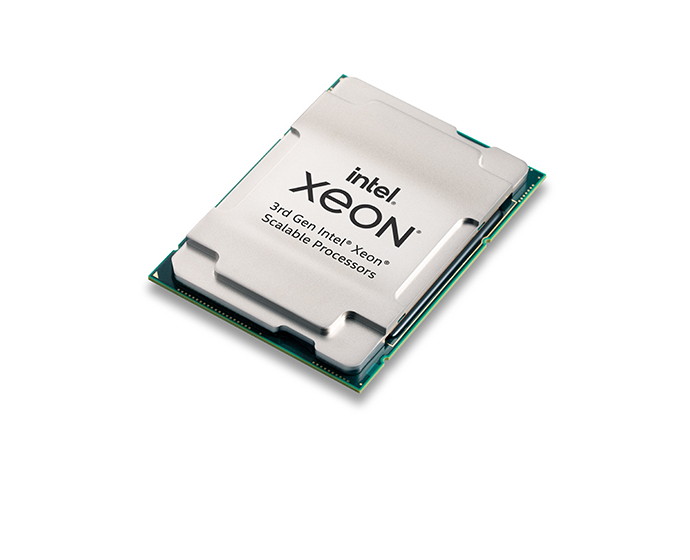SDSC partners with Habana and Intel on multiyear Voyager AI project
SDSC's Voyager supercomputer will leverage Habana's purpose-built artificial intelligence (AI) training and inference accelerators along with Intel Xeon Scalable processors for high-performance and high-efficiency AI compute.

- Country:
- United States
The San Diego Supercomputer Center (SDSC) at UC San Diego has partnered with Intel and Habana to bring the uniquely efficient class of compute capabilities to Voyager, an upcoming high-performance, innovative resource for conducting AI research across a wide range of science and engineering domains.
SDSC's Voyager supercomputer will leverage Habana's purpose-built artificial intelligence (AI) training and inference accelerators along with Intel Xeon Scalable processors for high-performance and high-efficiency AI compute, Intel said on Thursday.
The Voyager supercomputer will use Habana's unique interconnectivity technology to efficiently scale AI capacity with 336 Gaudi processors, the industry's only AI processor to natively integrate ten 100-gigabit Ethernet ports of RoCE RDMA v2 on chip, for training and 16 Habana Goya processors for AI inference.
The supercomputer will leverage:
- Supermicro X12 Gaudi AI Training System featuring eight Gaudi HL-205 cards paired with Intel's newest high-performance dual-socket 3rd Gen Intel Xeon Scalable processors
- Supermicro SuperServer 4029GP-T featuring eight Goya HL-100 PCIe cards for AI inference, paired with dual-socket 2nd Gen Intel Xeon Scalable processors
In the first three years of Voyager's operation - the Testbed Phase - SDSC will work with select research teams from astronomy, climate sciences, chemistry, particle physics and other fields to gain AI experience and insights leveraging the supercomputer's unique features. The documentation developed during this Phase will serve as a resource for an expanded user base.
"The level of performance and efficiency that Voyager will require is precisely what Intel architectures are designed for. Our Xeon Scalable processors coupled with Habana AI accelerators will ensure Voyager's users have the HPC and AI capabilities they need to power their game-changing research," said Trish Damkroger, vice president and general manager of Intel's High-Performance Computing Group.
Funded by the National Science Foundation grant, the Voyager supercomputer is expected to be in service in the fall of 2021.










